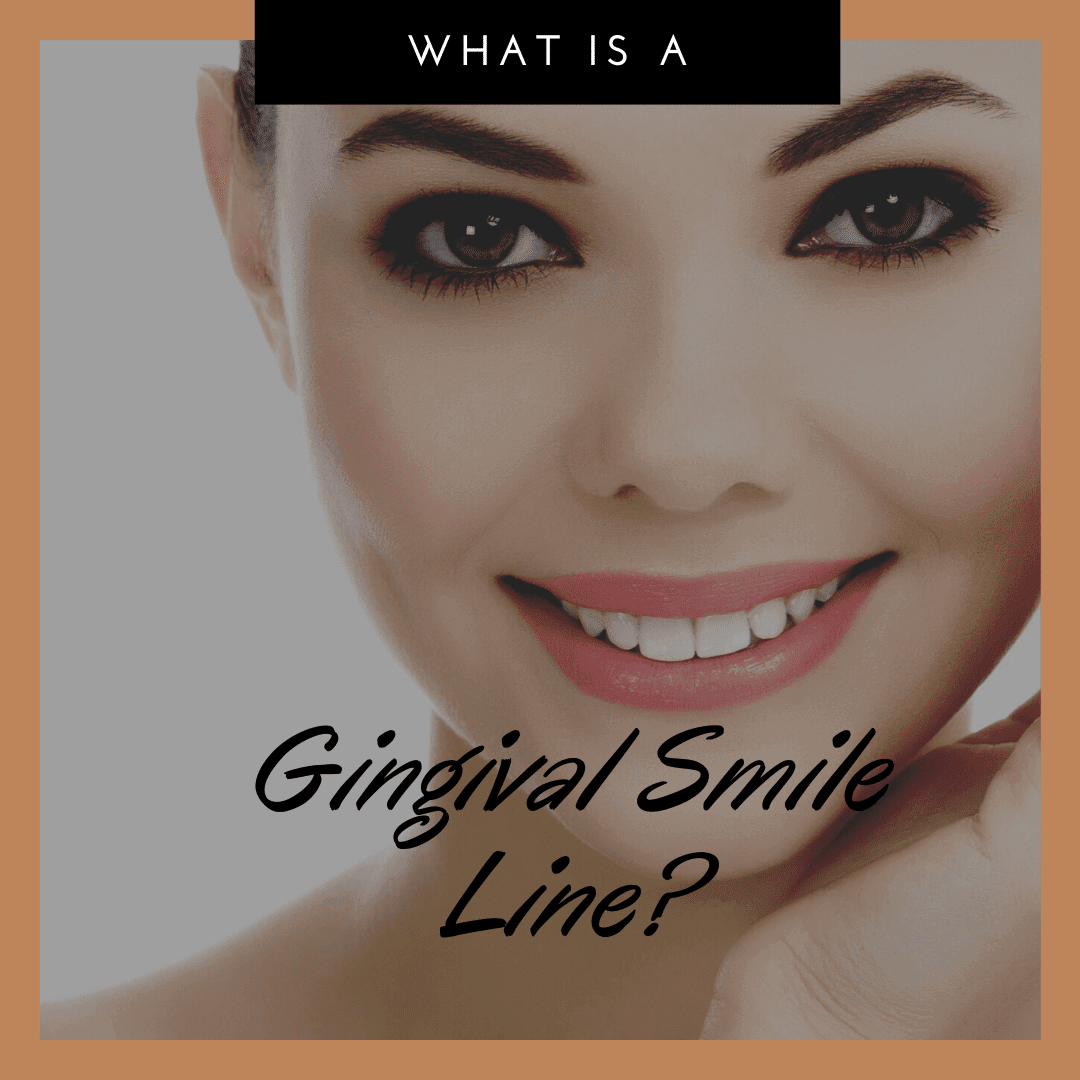Are you unhappy with the way your smile looks? Does this keep you from smiling more? Do your teeth look too small for the rest of your mouth? If so, then you may have what is known as a gingival smile line. A gingival smile line is the dental term used to describe the exposure of the upper gum tissue when smiling naturally. It is also sometimes called gummy smile, high lip line, and full denture smile.

Aesthetically speaking, cosmetic dentists generally consider an ideal smile to be one where the upper lip covers both the upper gum line, as well as the top portion of the front upper teeth. However, some cosmetic dentists note that minimal gum exposure can still produce an aesthetically pleasing look so long as the gum tissue is evenly contoured. These types of smiles are known as low smile lines, while a gingival smile is known as a high smile line.
There are many different factors that can determine whether you have a low or high smile line. These can include some or all of the following: your facial muscles, size and shape of your teeth, gum tissue, and the size and shape of your lips. Therefore, when it comes to treating a gingival smile line, the primary cause will first need to be identified and addressed to ensure the best treatment results.
In fact, some causes of gingival smile lines are also symptoms of underlying dental conditions. For example, if developmental problems with the upper jaw is the cause, then orthodontic treatment may be required to reposition the jaw and prevent bite problems down the line. Another possible cause can be a hyperactive upper lip muscle, which can be treated by relaxing the muscle.
Other cases of gingival smile lines may not have an underlying cause and may simply be considered a cosmetic issue. Nevertheless, there are still cosmetic dental procedures available to treat a high smile line. The most common procedures for correcting a gummy smile are crown lengthening and gingivectomy procedures. Crown lengthening works to expose more of the tooth’s crown by removing excess gum tissue, while a gingivectomy removes and reshapes excess gum tissue.

These two procedures may also be performed in coordination with other restorative dental treatments. This is often because having a high smile line can negatively affect the appearance of certain restorations. For example, if you need to have a dental crown placed, your cosmetic dentist may recommend a crown lengthening procedure as well to make the final result look more natural. Depending on the type of restorative treatment, as well as the extent of your gingival smile line, your dentist may present you with different options.
Overall, having a gingival smile line simply means that you show more upper gum tissue when you smile. For most people with gingival smile lines, the concern is mainly cosmetic, however it can be a symptom of another dental issue for some. Regardless, a high smile line can be easily treated cosmetically or through addressing papertyper its cause.




